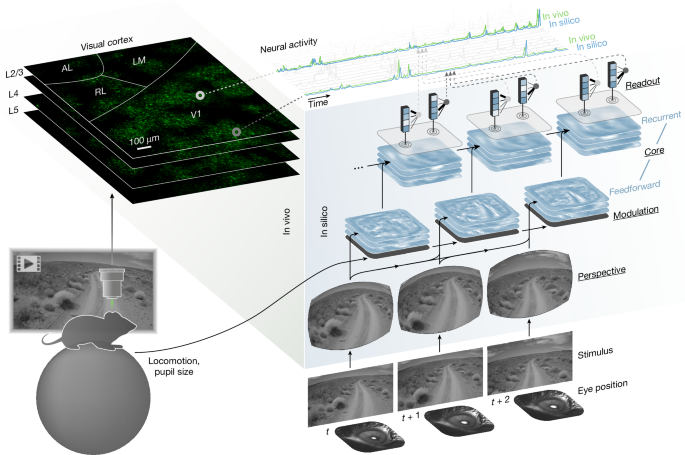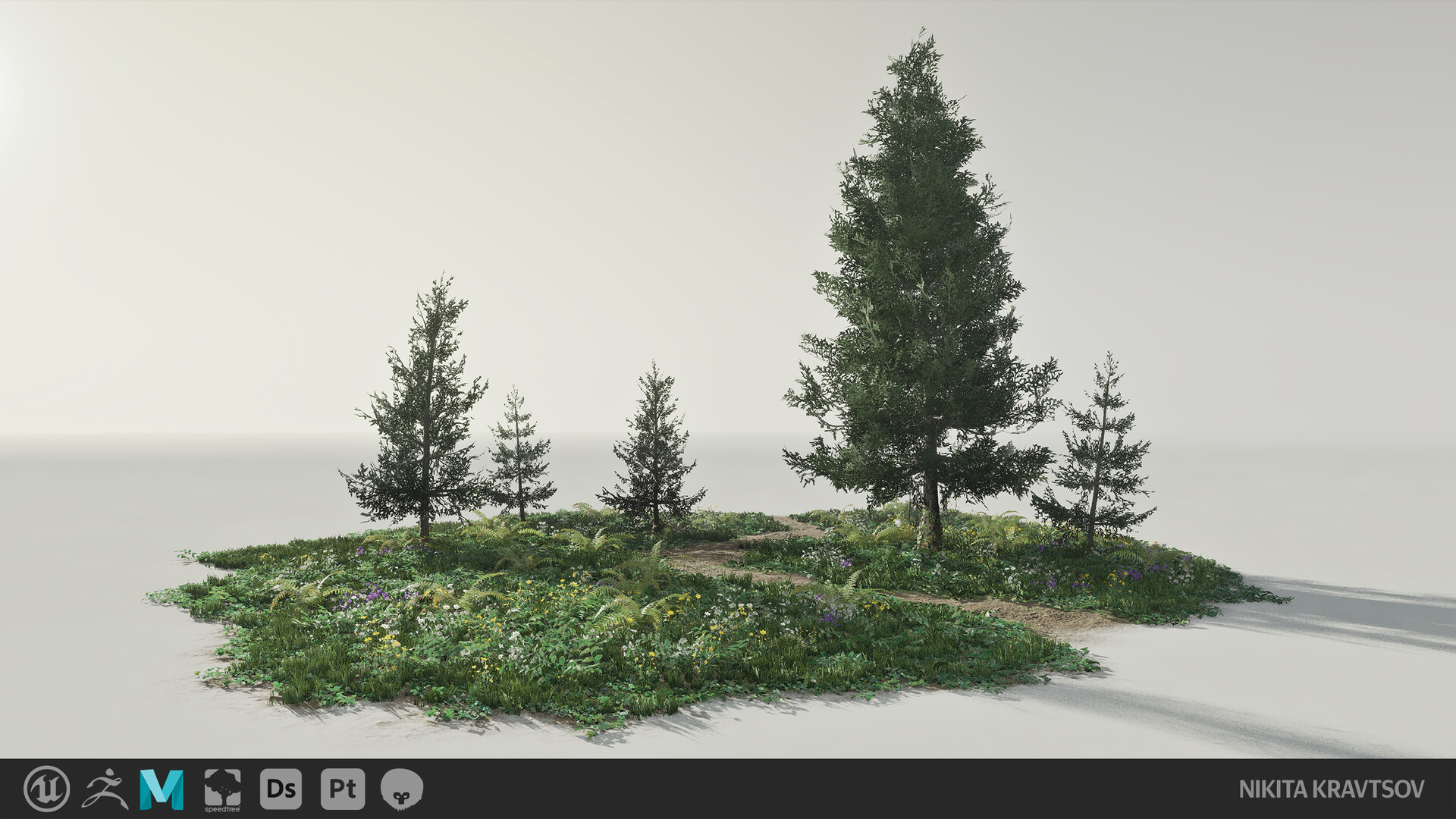
WWW.FORBES.COM
Google Unveils The Most Comprehensive Agent Strategy At Cloud Next 2025
Cloud Next 2025Google
At Cloud Next, Google Cloud’s annual user conference, the company presented its vision for AI agents. Google has launched tools and services enabling developers and business users to build agents.
Gemini as the Foundation of Google’s AI Strategy
Gemini is the cornerstone of Google’s AI agent strategy, leveraging its advanced multimodal capabilities to process and generate responses across text, images, audio, video and code. Developed by DeepMind, Gemini is designed for diverse applications ranging from personalized assistants to enterprise solutions. Its models—from lightweight Nano to enterprise-grade Ultra—are optimized for reasoning, coding and content creation.
Gemini 2.5, the latest iteration, introduces enhanced reasoning and long-context capabilities, enabling complex problem-solving and research assistance. Integrated across Google products like Workspace and Vertex AI, Gemini empowers developers and businesses to create innovative solutions in the agentic era.
Agents are First-class Citizens of Vertex AI
Vertex AI, Google Cloud’s AI platform offering, has been significantly updated to support agents and agentic workflows. Vertex AI enables developers to access first-party models like Gemini and open source models like Llama through the model garden. It supports fine-tuning existing models and deploying them to consume through AI applications.
Like the model garden, developers can utilize an agent garden populated with pre-defined agents from Google and other developers. This collection of ready-to-use samples and tools, directly accessible within ADK, provides developers with pre-built agent patterns and components to accelerate development processes.
Similar to the support for heterogeneous foundation models, Vertex AI supports a diverse set of agent frameworks, including Google’s own Agent Development Kit, CrewAI, LangChain and AutoGen 2.
With Vertex AI, developers can access a complete stack for designing, developing, testing, evaluating and deploying AI agents.
Agent Engine and Agent Development Kit for Developers
Google Cloud’s Vertex AI Agent Engine is a fully managed service designed to simplify the deployment, management and scaling of agents in production environments. It abstracts away operational complexities such as infrastructure management, security and monitoring, allowing developers to focus on creating intelligent applications. Supporting multiple frameworks like LangChain, AutoGen 2 and LlamaIndex, the Agent Engine offers flexibility for building and adapting agents. Features include integrated evaluation tools, memory capabilities for context retention and robust tracing for debugging.
With seamless integration into Google Cloud’s ecosystem, it enables developers to create sophisticated multi-agent workflows while ensuring compliance and operational efficiency.
The Agent Development Kit is at the heart of Google’s agent strategy, a new open-source framework designed to simplify the full stack end-to-end development of agents and multi-agent systems. This isn’t just another experimental tool—it’s the same framework powering agents within Google’s own products like Agentspace and the Google Customer Engagement Suite.
The ADK aims to make agent development feel like traditional software development by using familiar programming patterns. Some of the capabilities include:
Building agents in under 100 lines of intuitive Python code
Native bidirectional audio and video streaming for creating truly interactive experiences
Local debugging through a built-in UI launched with a simple command
Flexibility to work with various models (Gemini or any model accessible via Model Garden, including options from Anthropic, Meta, Mistral AI and others)
Support for both deterministic workflows and LLM-driven dynamic routing
The framework provides developers with granular control over how agents think, reason and collaborate through deterministic guardrails and orchestration controls.
A2A Protocol for Agent Communication and Interoperability
Google’s Agent2Agent protocol is an open standard designed to enable seamless communication and collaboration between AI agents across diverse platforms and frameworks. By establishing a common language for inter-agent interaction, A2A allows agents to securely exchange information, coordinate actions and collaborate dynamically without sharing memory or tools. Built on familiar web technologies like HTTP, JSON-RPC and Server-Sent Events, A2A ensures easy integration into existing IT systems while maintaining enterprise-grade security.
The protocol supports long-running tasks and multimodal communication, enabling agents to handle complex workflows involving text, images, audio, or video. A2A empowers businesses to build interoperable multi-agent ecosystems that enhance efficiency, automate processes and drive innovation. Backed by over 50 industry partners, including Atlassian and Salesforce, A2A represents Google’s vision of fostering collaborative AI architectures to tackle enterprise challenges.
Official Support for Model Context Protocol
The Model Context Protocol is an open standard developed by Anthropic to simplify how AI systems interact with external data sources. It provides a unified framework for secure, two-way communication between AI models and tools like databases, APIs and business applications, enabling real-time context-aware responses without custom integrations.Google has embraced MCP by integrating it into its Gemini models and ADK. This move aligns with the industry trend of adopting MCP as the standard for connecting AI systems to data repositories and tools. By supporting MCP, Google enables developers to build more efficient workflows, leveraging standardized connections that reduce complexity and improve scalability.
Google positions MCP as complementary to its A2A protocol, focusing on intelligent tool orchestration while fostering interoperability across multi-agent ecosystems. This dual approach highlights Google’s commitment to advancing open standards in the agentic AI era.
Agentspace Platform for Business Users
AgentSpace is Google Cloud’s enterprise AI platform designed to unify organizational knowledge and streamline workflows using multimodal AI agents powered by Gemini. It acts as a central hub for enterprise search, data synthesis and agent deployment, enabling employees to access structured and unstructured data across various applications like Salesforce, SharePoint and ServiceNow. AgentSpace includes tools like NotebookLM for research and prebuilt expert agents for tasks such as deep research and idea generation.
If Agent Engine and ADK are for developers, Agentspace is a no-code environment for business users to define and build agents.
Final Thoughts
Google’s announcements at Cloud Next 2025 represent a strategic, full-stack commitment to an AI-driven future centered on enabling and orchestrating agentic AI systems. By providing comprehensive frameworks, open protocols and robust infrastructure, Google is attempting to position itself as the platform of choice for building the next generation of intelligent, autonomous systems.
The strategy reflects Google’s recognition that the future of AI lies not just in more powerful models but in creating ecosystems of specialized, collaborative agents that can transform enterprise operations. This vision of intelligent, cooperating AI systems represents a significant evolution from current AI implementations and signals Google’s intention to lead this next phase of AI development.
0 Reacties
0 aandelen
52 Views









